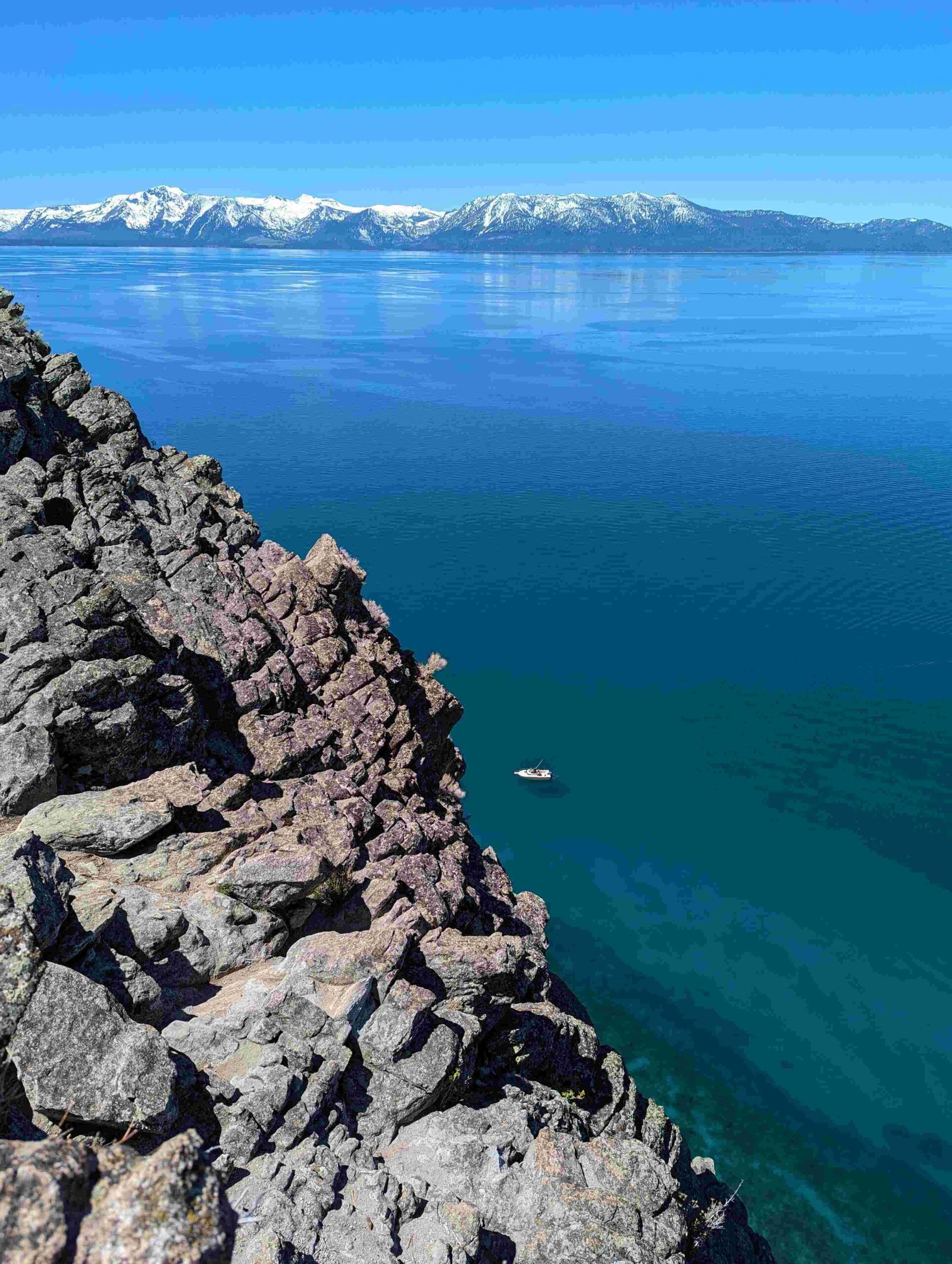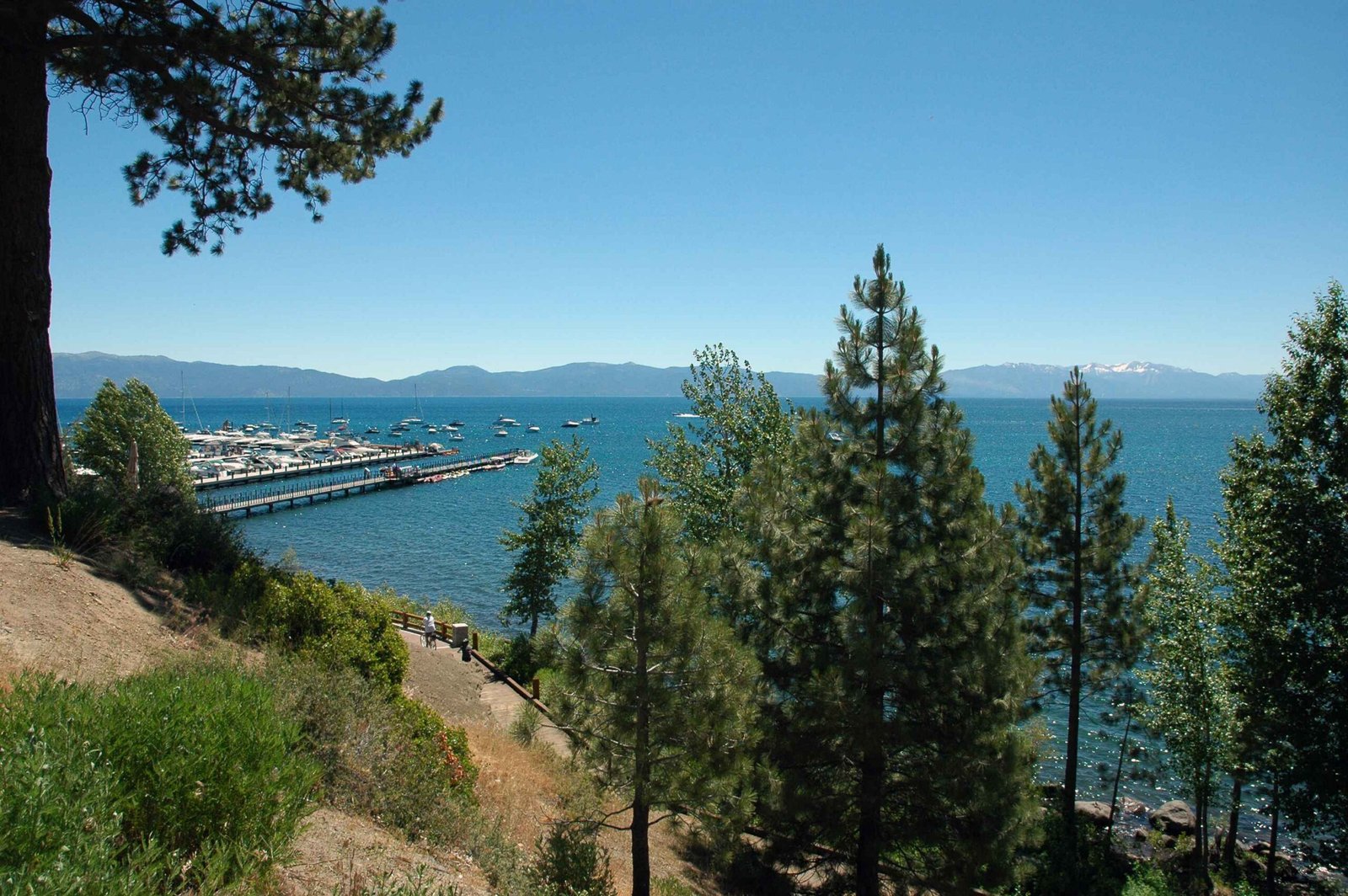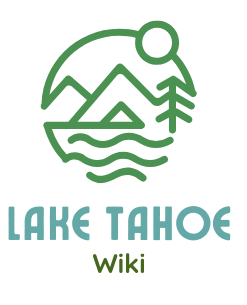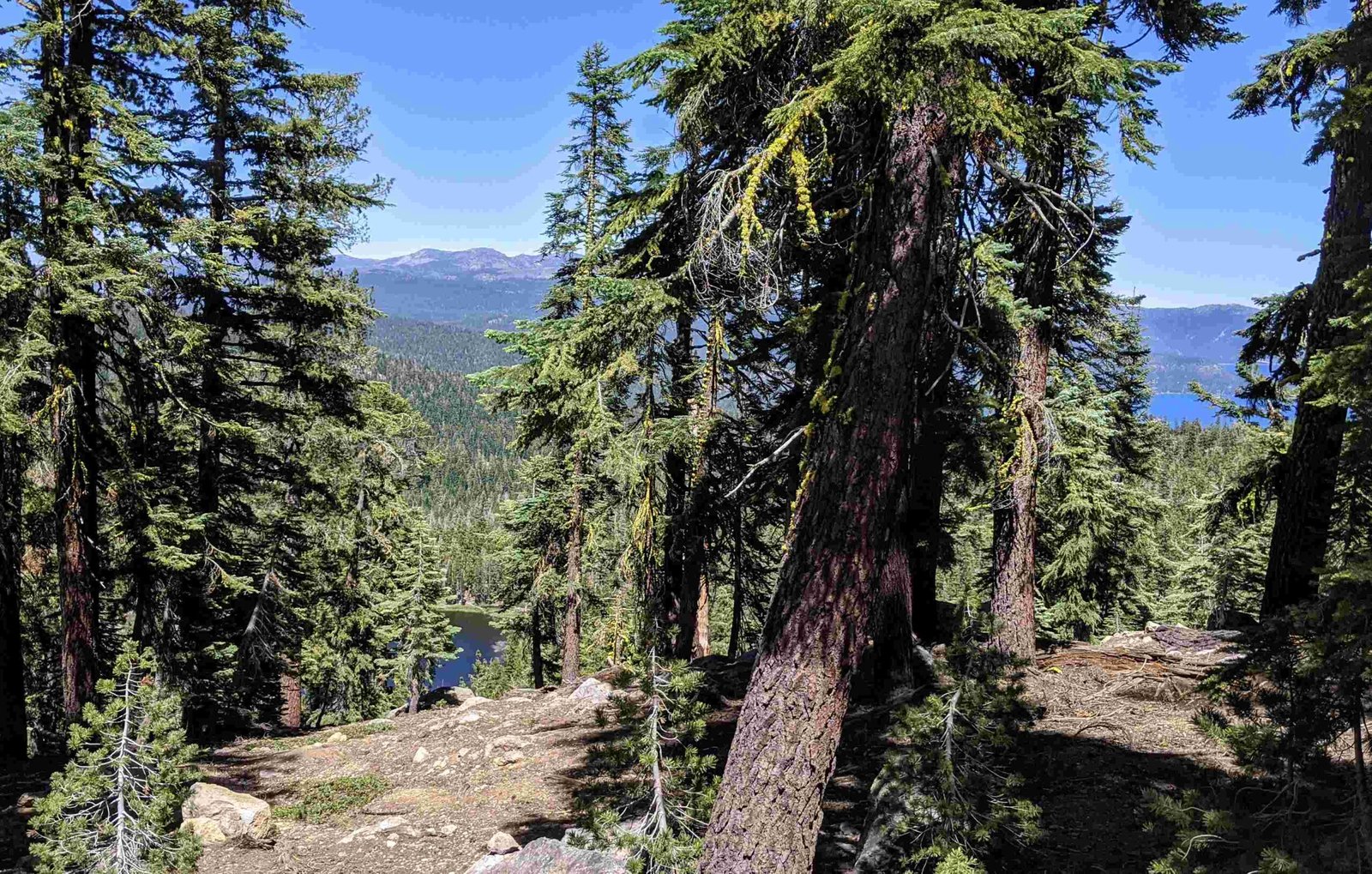Lake Tahoe’s mussel inspection program is a critical environmental defense mechanism designed to prevent the introduction and spread of destructive aquatic invasive species. Mandatory inspections for all watercraft ensure that boats entering the pristine alpine waters are thoroughly checked, cleaned, and certified free from potential biological contaminants that could devastate the delicate lake ecosystem.
What Makes Mussel Inspection Critical for Lake Tahoe?

Invasive zebra and quagga mussels pose significant threats to Lake Tahoe’s unique aquatic environment. These microscopic organisms can:
- Rapidly reproduce and colonize water systems
- Disrupt native ecological balance
- Cause millions of dollars in infrastructure damage
- Compromise water quality and recreational activities
How Do Invasive Mussels Enter Lake Tahoe?
Invasive mussels typically enter through:
- Boats transported from infected water bodies
- Recreational equipment with undetected water residue
- Inadequately cleaned watercraft and trailers
- Bilge water and live wells containing microscopic larvae
What Happens During a Lake Tahoe Mussel Inspection?

Inspection Process Overview
| Stage | Description | Duration |
|---|---|---|
| Initial Assessment | Visual examination of vessel | 10-15 minutes |
| Detailed Inspection | Check for standing water, vegetation | 15-20 minutes |
| Potential Decontamination | Hot water treatment | 15-60 minutes |
| Certification | Sticker and seal issuance | 5-10 minutes |
Key Inspection Protocols
Inspectors follow a systematic approach:
- Conduct comprehensive vessel examination
- Interview boat owners about recent water body travels
- Check for potential contamination sources
- Apply hot water decontamination if necessary
- Issue official launch certification
What Preparation Steps Are Required?
Boaters must ensure:
- Complete vessel cleaning before arrival
- Remove all visible plant materials
- Drain all water from engines, bilges, and containers
- Dry boat thoroughly between water body transitions
- Carry documentation of recent water body travels
Where Are Mussel Inspection Stations Located?
Primary Inspection Locations
- Alpine Meadows Station
- Meyers Station
- Spooner Station
- Cave Rock Station (seasonal)
Operating Hours
Most stations operate:
– May 1 to October 10
– 8:30 AM to 5:30 PM
– Thursday to Sunday (varies by location)
What Are the Potential Consequences of Non-Compliance?
Boaters failing to comply with mussel inspection protocols may face:
- Substantial financial penalties
- Prohibition from lake launch
- Mandatory comprehensive decontamination
- Potential legal repercussions
Pro Tips for Smooth Mussel Inspection
- Schedule inspections in advance
- Allow sufficient time for thorough examination
- Maintain detailed travel records
- Keep vessel meticulously clean
- Understand local environmental regulations
Cost Considerations
Inspection and decontamination fees range:
– Basic inspection: Complimentary
– Comprehensive decontamination: $15 – $200
Additional Resources
- Official Tahoe Boat Inspections Website
- Local Environmental Protection Agencies
- Regional Aquatic Invasive Species Programs
Reference:
– Tahoe Boat Inspections
– TRPA Environmental Program
– California Invasive Species Council

